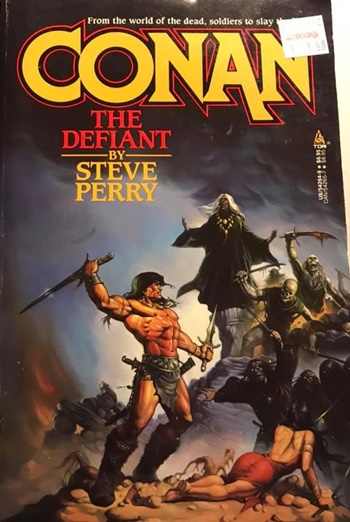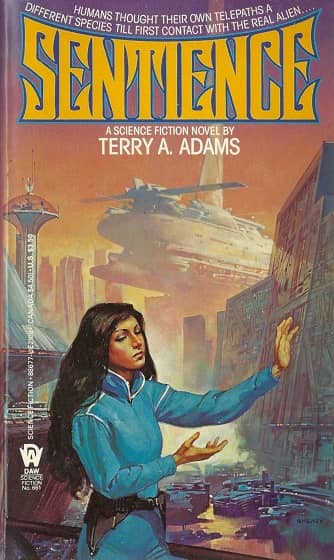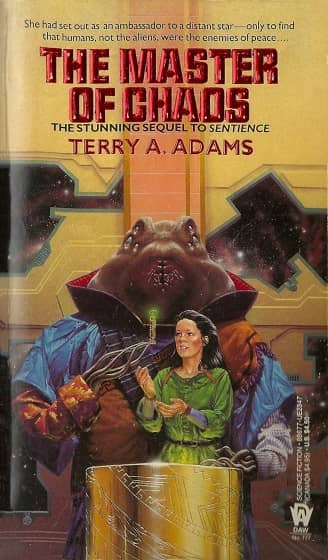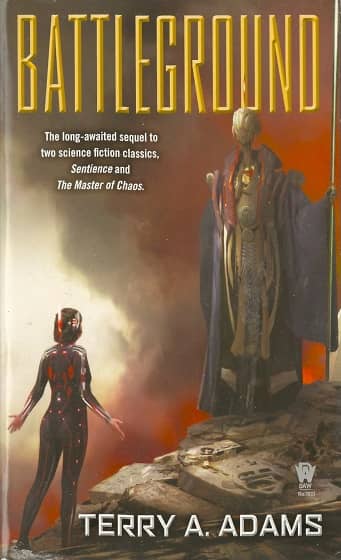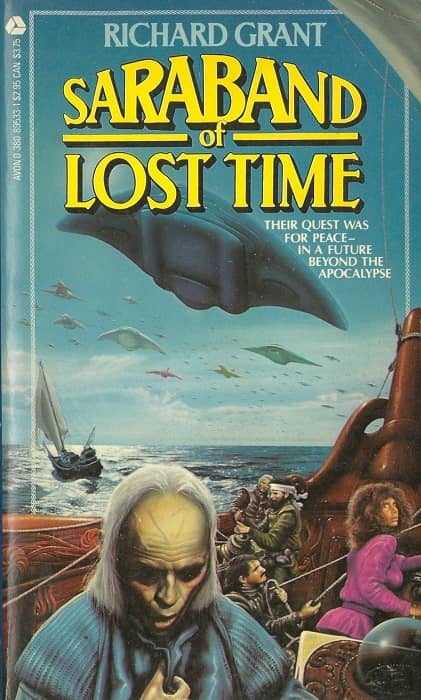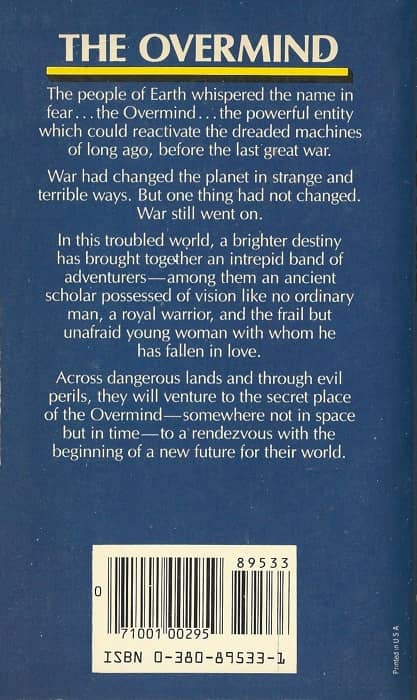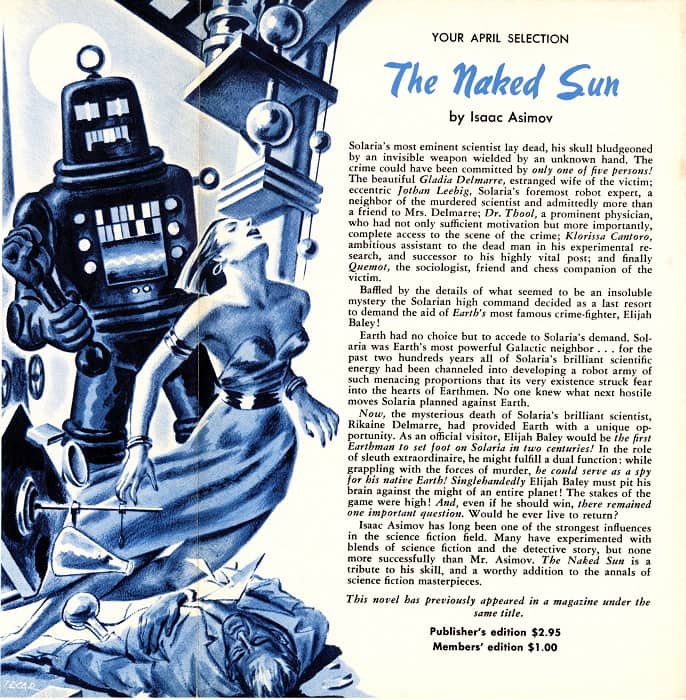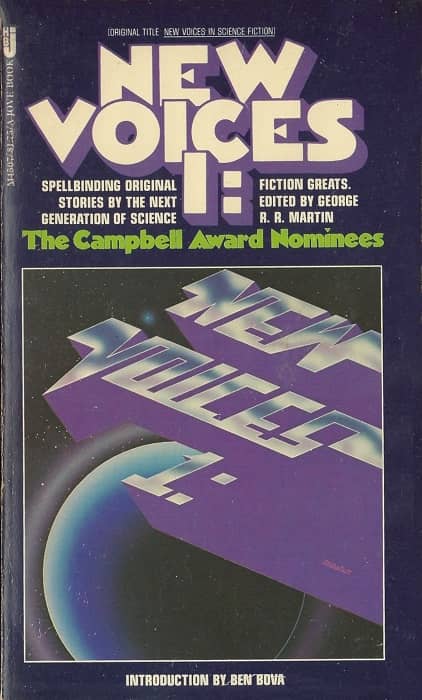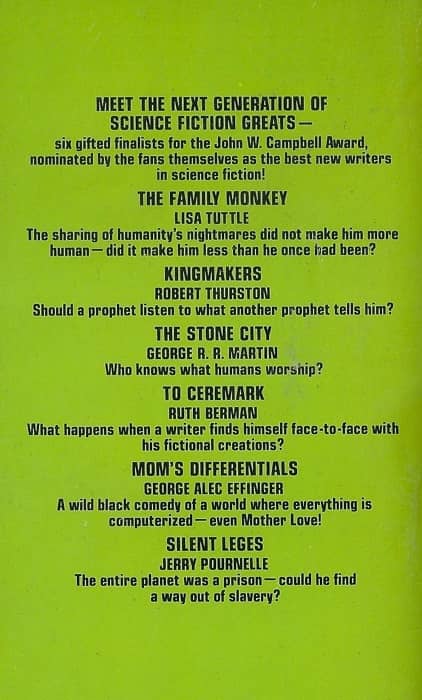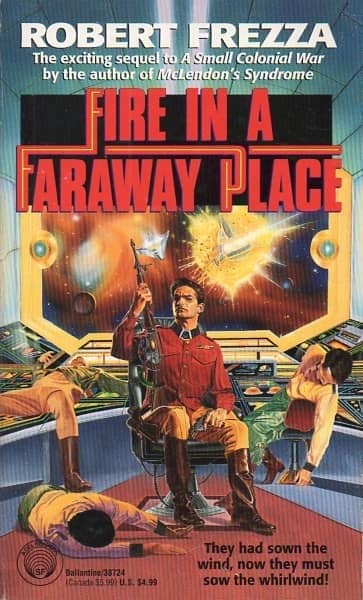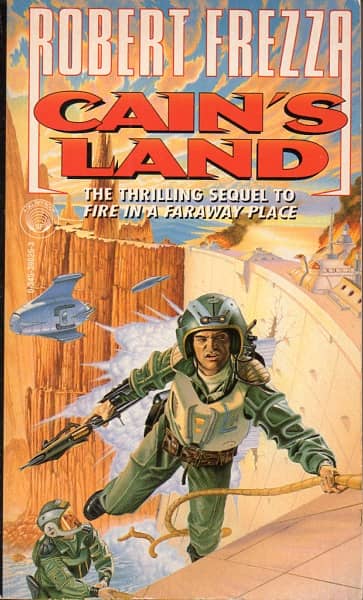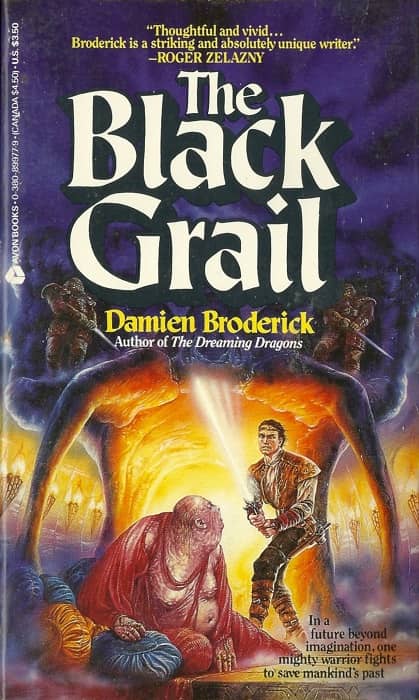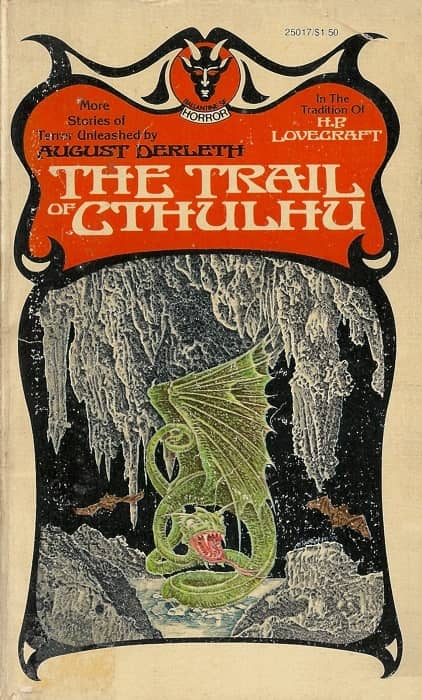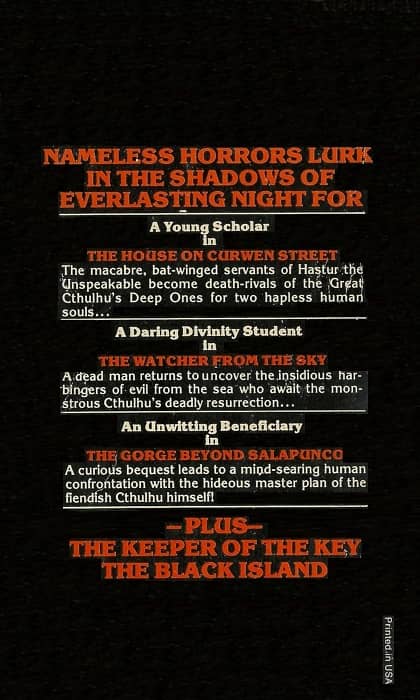Imaro Series Tour Guide
 |
“Who am I? Who is my father? Where is my mother? Why do death and demons follow me wherever I go?” – Imaro in The Quest for Cush
Charles R. Saunders, the originator of Sword & Soul, passed away May this year (2020, Greg Mele covered a tribute for Black Gate). Saunders is most known for his Imaro tales chronicling an African-inspired “Conan the Barbarian” on the fictional continent of Nyumbani. Saunders also wrote of a heroine named Dossouye (separate series), amongst other characters. Over the years, Black Gate has reviewed the entire Imaro series and the book of associated stories called Nyumabi Tales (see list). The Goodreads Sword and Sorcery group honored his memory with a groupread, catalyzing this post. If you are looking for some buddies to share experiences while you read, then please join in (formally the Saunders group read goes through Dec., but discussions will continue beyond). This post serves as a tour guide for the series, clarifying transition from Book#1 to #2 per edition, provides Saunder’s own voice (excerpts) to capture the essence of Imaro’s Nyumbani, and reviews book availability.
Imaro Series Publication History:
The publication history also follows Imaro’s chronology as well. Links to Black Gate reviews included.
- Imaro: DAW 1981, Nightshade reprinted 2006 with story changes; Lulu 2014; 2008 Review by Howard Andrew Jones
- Imaro II: The Quest for Cush: DAW 1984, Nightshade reprinted 2006 with story changes 2008 Review by Ryan Harvey
- The Trail of Bohu: DAW 1985 & Lulu 2009 2009 Review by Bill Ward
- Naama War: Lulu 2010 2010 Review by Ryan Harvey, and 2009 coverage Howard Andrew Jones & John O’Neill
- Nyumbani Tales: Mvmedia, LLC 2018 2017 by Fletcher Vredenburgh
- The Warrior’s Way: unpublished collection mentioned in the 2017 introduction to Nyumbani Tales penned by Saunders (more on this below).
